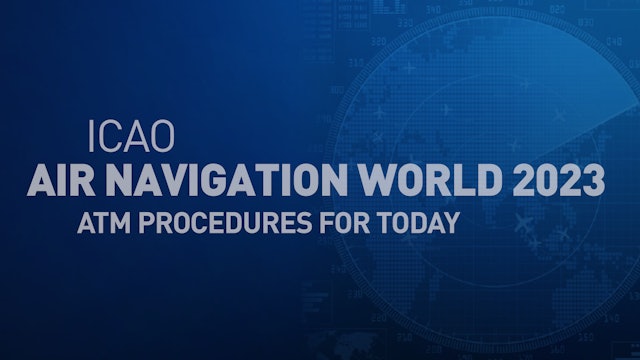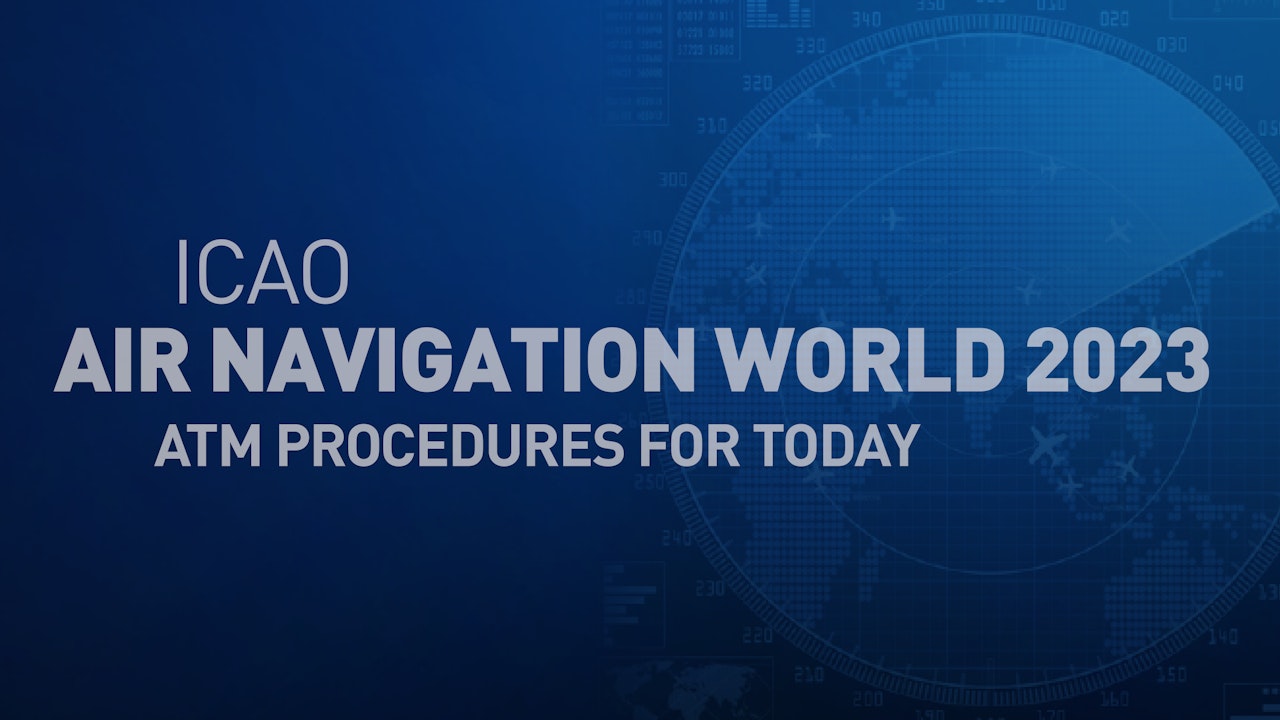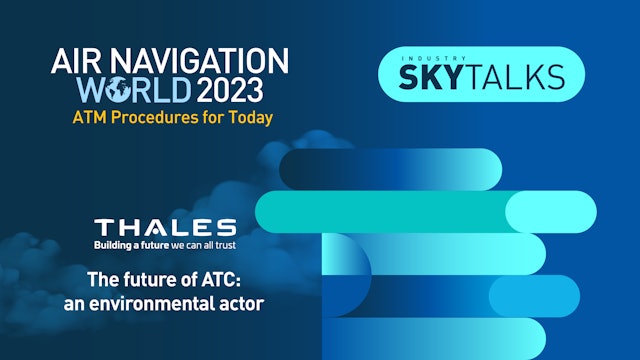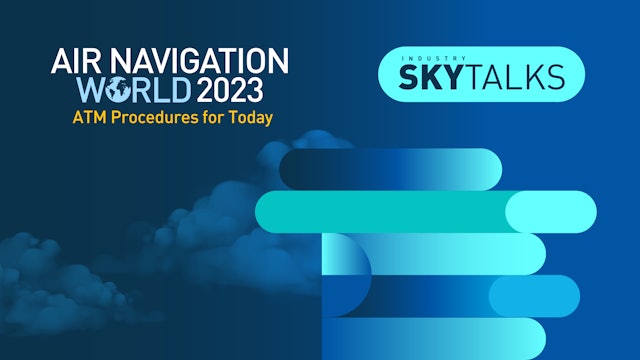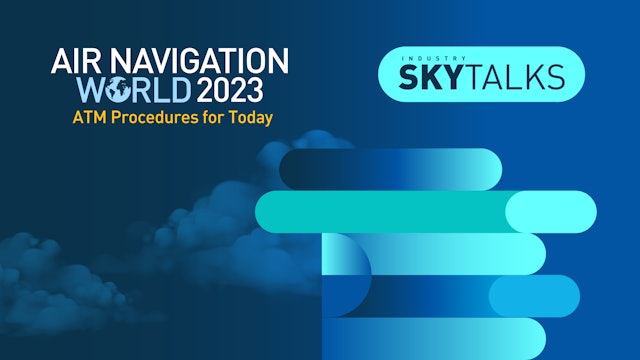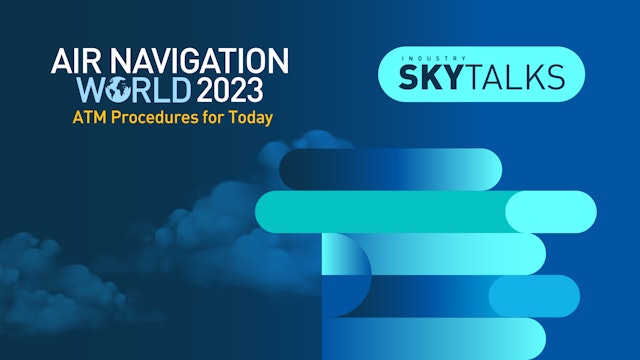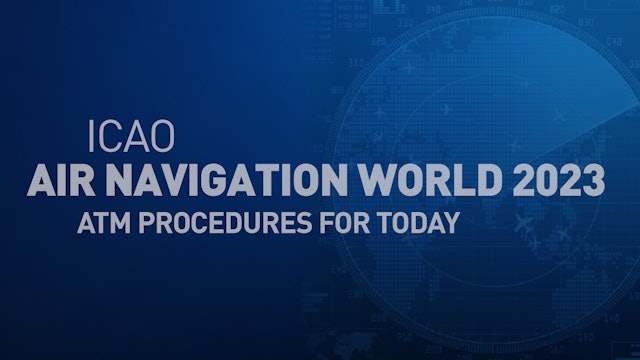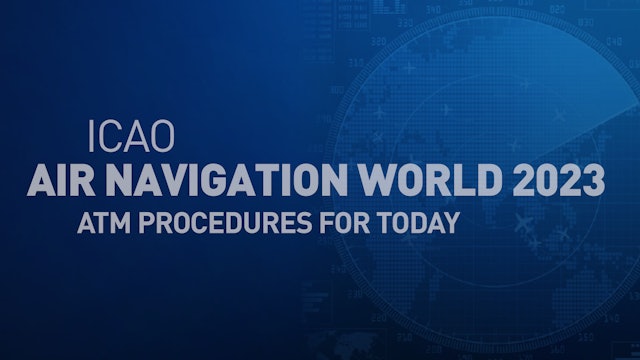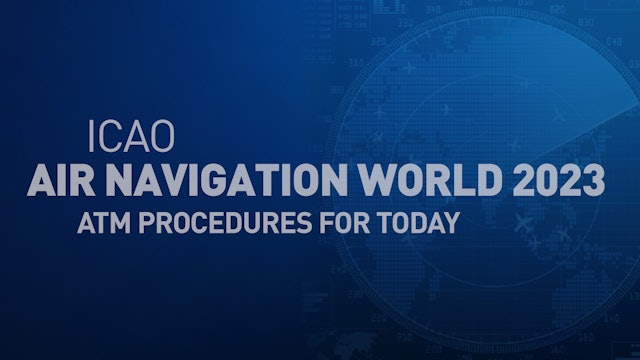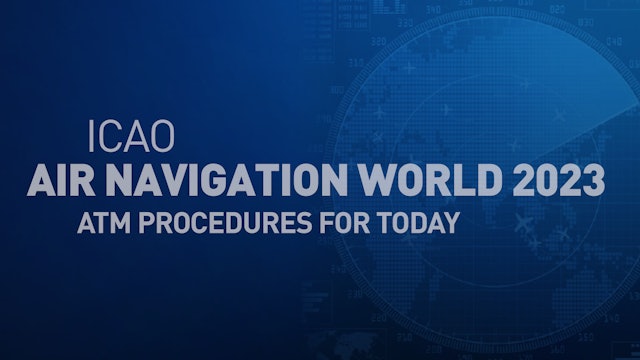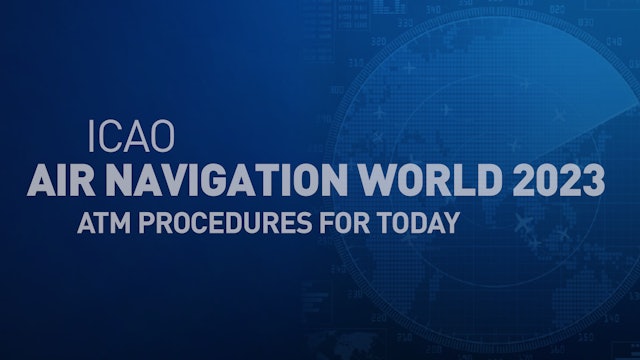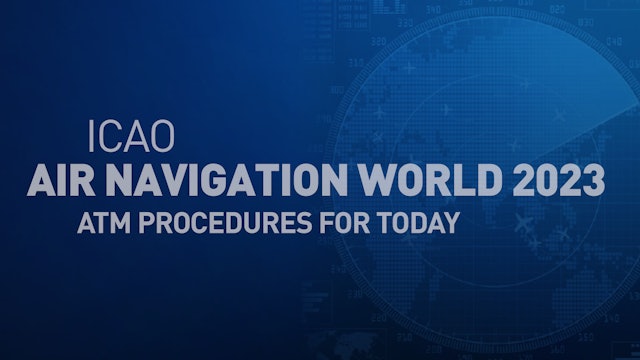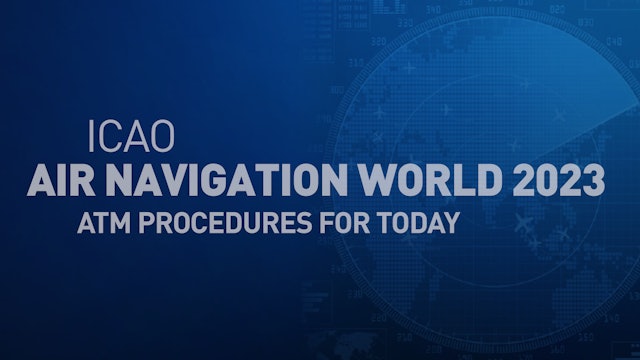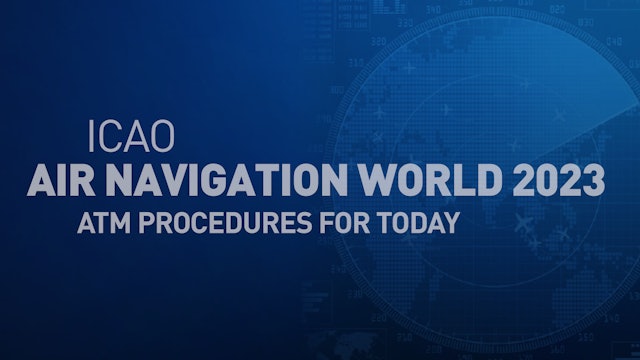-
The future of ATC: an environmental actor
Episode 1
Emissions reduction targets for air transport are going to require enabling contributions and innovations from aircraft & engine manufacturers, fuel and battery tech, airspace design & procedures specialists and of course Air Traffic Control.
This talk will provide a glimpse into the future of su... -
Skytalks by Leidos: Interoperable Flow Management Systems
Episode 2
Improving efficiency, sustainability, and capacity of the airspace of a Flight Information Region (FIR) requires the collaboration of multiple stakeholders. The automation systems used by airspace users and multiple FIRs across a region must interoperate to share flight data and constraints in or...
-
SkyTalks by Aireon: Harnessing Space-Based ADS-B, Cloud Services for ATFM
Episode 3
Air navigation service providers depend on accurate, robust, and real-time data to safely manage their airspaces. Traditionally, that is done via ground networks and flight plans. However, advances in cloud-based technology and space infrastructure, namely space-based automatic dependent surveill...
-
Skytalks by Startical: Satellite-based VHF Communications
Episode 4
Space-based VHF communication is a concept in which aircraft provide communications between the aircraft to air traffic control (ATC) via satellite-based VHF. This concept, when implemented, is expected to support air traffic management and flight operations in oceanic and remote airspace and wil...
-
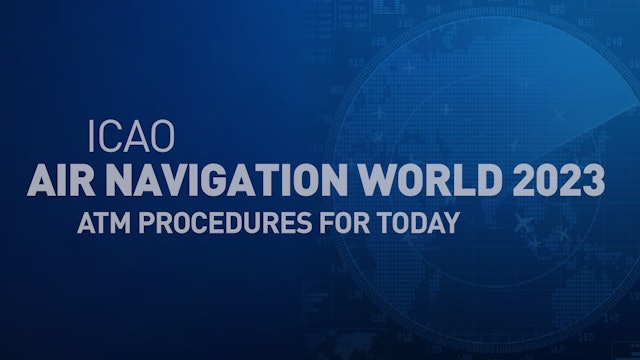 34:55Episode 5
34:55Episode 5DAY 1: Opening & Welcome
Episode 5
-
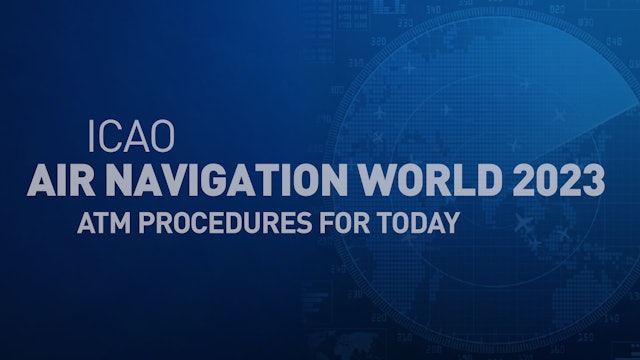 1:13:48Episode 6
1:13:48Episode 6DAY 1: Setting the Scene
Episode 6
The session will provide information on the current global status of air traffic management (ATM) performance, and fundamental building blocks to enable tangible performance improvement in the coming years, with an eye on the future, and in line with the long-term global aspirational goal for int...
-
DAY 1: Implementation, Expectations & Challenges
Episode 7
States, air navigation services providers (ANSPs), and airspace users will share their experience in implementing the ICAO air navigation services procedures, highlighting the challenges faced or still embedding compliance with ICAO provisions.
-
DAY 2: Separation Methods and Minima – Terminal Part I
Episode 8
This session will provide an overview of ICAO provisions and guidance to improve the sustainability and efficiency of terminal operations. The session will address subjects such as SID/STAR, CDO/CCO and PBN instrument approaches
-
DAY 2: Separation Methods and Minima – Terminal Part II
Episode 9
This session will build on the previous session and discuss specific initiatives to improve the sustainability and efficiency of terminal operations. Advancements in avionics, navigation, surveillance and automation capabilities have and will continue to facilitate improvements in terminal operat...
-
DAY 2: Separation Methods and Minima – WAKE Part I
Episode 10
This session will build on the previous session and discuss specific initiatives to improve the sustainability and efficiency of terminal operations. Advancements in avionics, navigation, surveillance and automation capabilities have and will continue to facilitate improvements in terminal operat...
-
DAY 2: Separation Methods and Minima – WAKE Part II
Episode 11
This session will review implementation lessons and benefits at locations implementing the ICAO procedures concerning wake turbulence separation minima based on aircraft Groups (WTG) and time-based separation (TBS) minima for wake turbulence – final approach course.
-
DAY 3: Separation Methods and Minima – Enroute
Episode 12
This session will consider the implementation of increasingly efficient ICAO separation minima in the en-route phase of flight. This work has provided demonstrable and measurable benefits to the aviation industry and has been enabled by the expansion of ATS surveillance services into airspace tha...
-
DAY 3: ATS data link (CPDLC, ADS-C, AIDC and PBCS)
Episode 13
This session will consider the role of data link communications (CPDLC, ADS-C and AIDC) in current and future ATM operations. The session will address the experience and plans of using data links in varying ranges (just as a complementary means to HF voice communication to as an essential tool to...
-
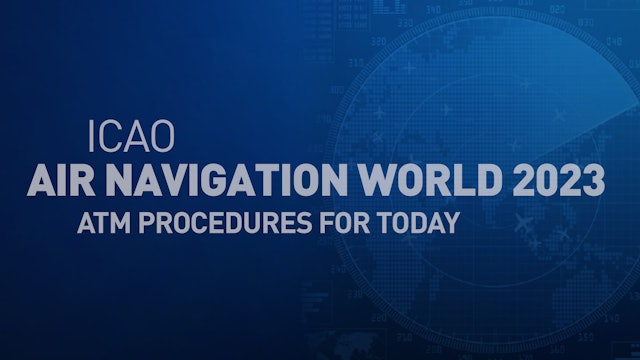 1:34:55Episode 14
1:34:55Episode 14DAY 3: ATS data link operations – (PBCS)
Episode 14
This session will consider the role of performance-based communication and services (PBCS) in current and future ATM operations. The session will provide an overview of the PBCS framework and implementation lessons learned for all the components of the PBCS framework, using specific sections of t...
-
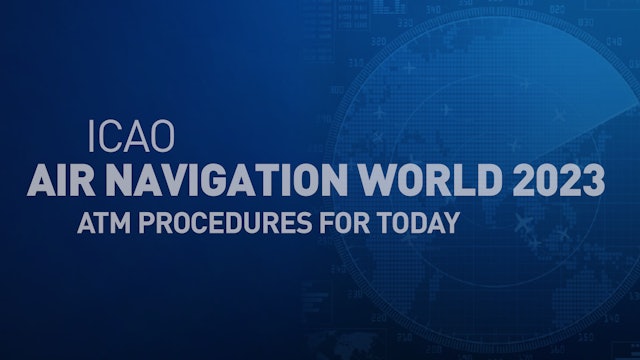 1:00:10Episode 15
1:00:10Episode 15DAY 3: Free Route Airspace (FRA)
Episode 15
The free route airspace (FRA) concept refers to a flexible and efficient approach to airspace management. It allows airspace users to plan their own trajectories within specified airspace, without the need to follow predetermined airways or routes. This concept aims to enhance airspace utilizatio...
-
DAY 4: Contingency planning and crisis response and safety risk assessments
Episode 16
This session will provide an opportunity to consider and discuss the many and varied issues that could prompt an ATM contingency situation. The session will focus on initial actions to be taken, ongoing contingency management, and transition back to normal operations, from the point of view of ai...
-
 1:30:36Episode 17
1:30:36Episode 17DAY 4: Transition from FPL2012 to FF-ICE
Episode 17
The FF-ICE concept was developed to address the limitations and constraints of the current flight planning mechanism, commonly known as FPL2012 and the increasing need for the exchange of flight and flow information in a trajectory-based operations (TBO) environment. The session will provide an o...
-
DAY 4: Transition from FPL2012 to FF-ICE (Cont'd)
Episode 18
The FF-ICE concept was developed to address the limitations and constraints of the current flight planning mechanism, commonly known as FPL2012 and the increasing need for the exchange of flight and flow information in a trajectory-based operations (TBO) environment. The session will provide an o...
-
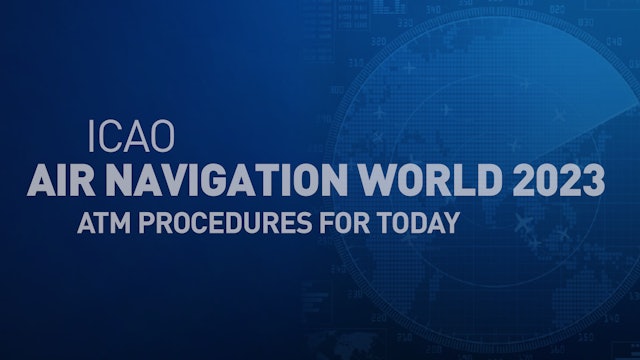 1:05:24Episode 19
1:05:24Episode 19DAY 4: ATFM
Episode 19
Collaborative air traffic flow management (ATFM) has evolved beyond issues around excess traffic to now contribute in all instances to a safer, more orderly, expeditious and environmentally sustainable flow of air traffic, and to support cross-border collaboration. This evolution is about ensurin...
-
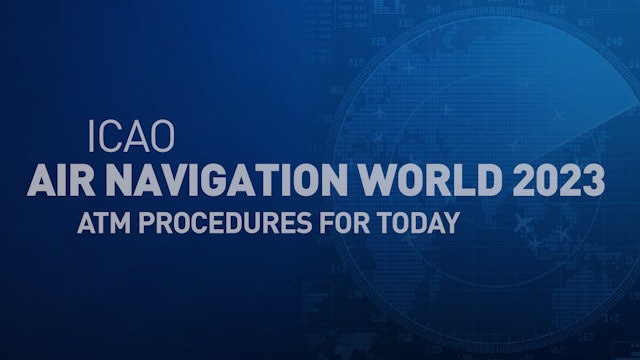 1:08:16Episode 20
1:08:16Episode 20DAY 5: GADSS
Episode 20
This session will provide an overview of the GADSS concept and global requirements and procedures. The session will focus on new developments in the GADSS, including the location of an aircraft in distress repository (LADR), and the implications of these systems on the operations of air traffic s...
-
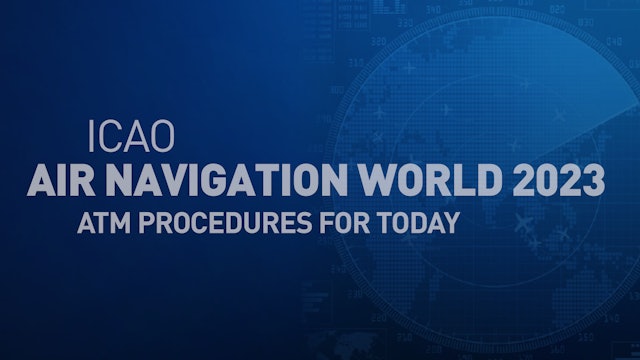 57:13Episode 21
57:13Episode 21DAY 5: Test Your Knowledge in ATM
Episode 21
This session will allow participants to consolidate knowledge gained during ANW-ATM. Whether you are a seasoned ATM expert or new to the world of Air Traffic Management, there is always something new to discover. Utilizing a light-hearted and less formal format, Test Your Knowledge in ATM provide...
-
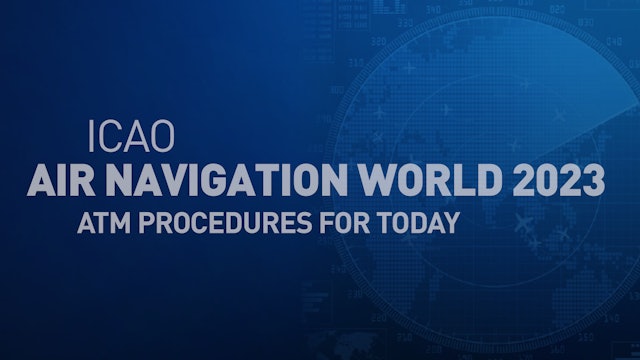 00:04Episode 22
00:04Episode 22DAY 5: Wrap-Up and Closing
Episode 22

